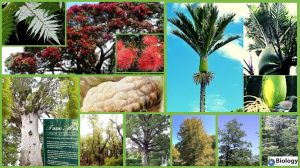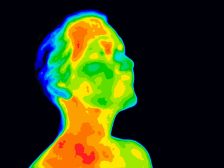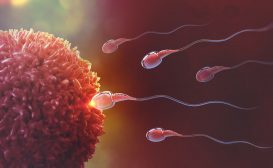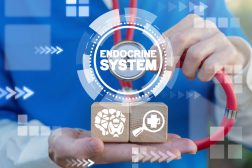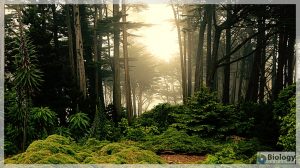Definition
noun, plural: retrotransposons
A transposon that is amplified via reverse transcription, i.e. the DNA element is first transcribed into RNA and reverse-transcribed into DNA, and then inserted elsewhere of the genome
Supplement
Transposable elements or transposons are small DNA segments capable of replicating and inserting copies of DNA at random sites in the same or a different chromosome. Thus, they are mobile and capable of producing changes in the genome of an organism. In eukaryotes, transposons may be classified as Class I or Class II. A retrotransposon is a Class I transposon. It amplifies by first undergoing reverse transcription. Initially, the DNA element is transcribed into RNA. The RNA is then reverse-transcribed into DNA. The DNA copy is then inserted back to the genome but at a different position. The amplification of genetic material is similar to retroviruses. The need for RNA intermediate makes retrotransposons different from DNA transposons that belong to Class II transposons.
Retrotransposons are common in plants and serve as the major component of the nuclear DNA. For instance, the genome of maize is comprised of 49 to 78 % retrotransposons.1 They also occur in animals and humans. In humans, the genome consists of around 42 % retrotransposons.2
Retrotransposons may be classified into three groups: (1) transposons with long terminal repeats, (2) long interspersed nuclear elements, and (3) short interspersed nuclear elements.
See also:
Reference(s):
1 SanMiguel, P. & Bennetzen, J. L. (1998). “Evidence that a recent increase in maize genome size was caused by the massive amplification of intergene retrotranposons”. Annals of Botany 82 (Suppl 1): 37–44.
2 Lander, E. S., Linton, L. M., Birren, B., et al. (2001). “Initial sequencing and analysis of the human genome”. Nature 409 (6822): 860–921.

